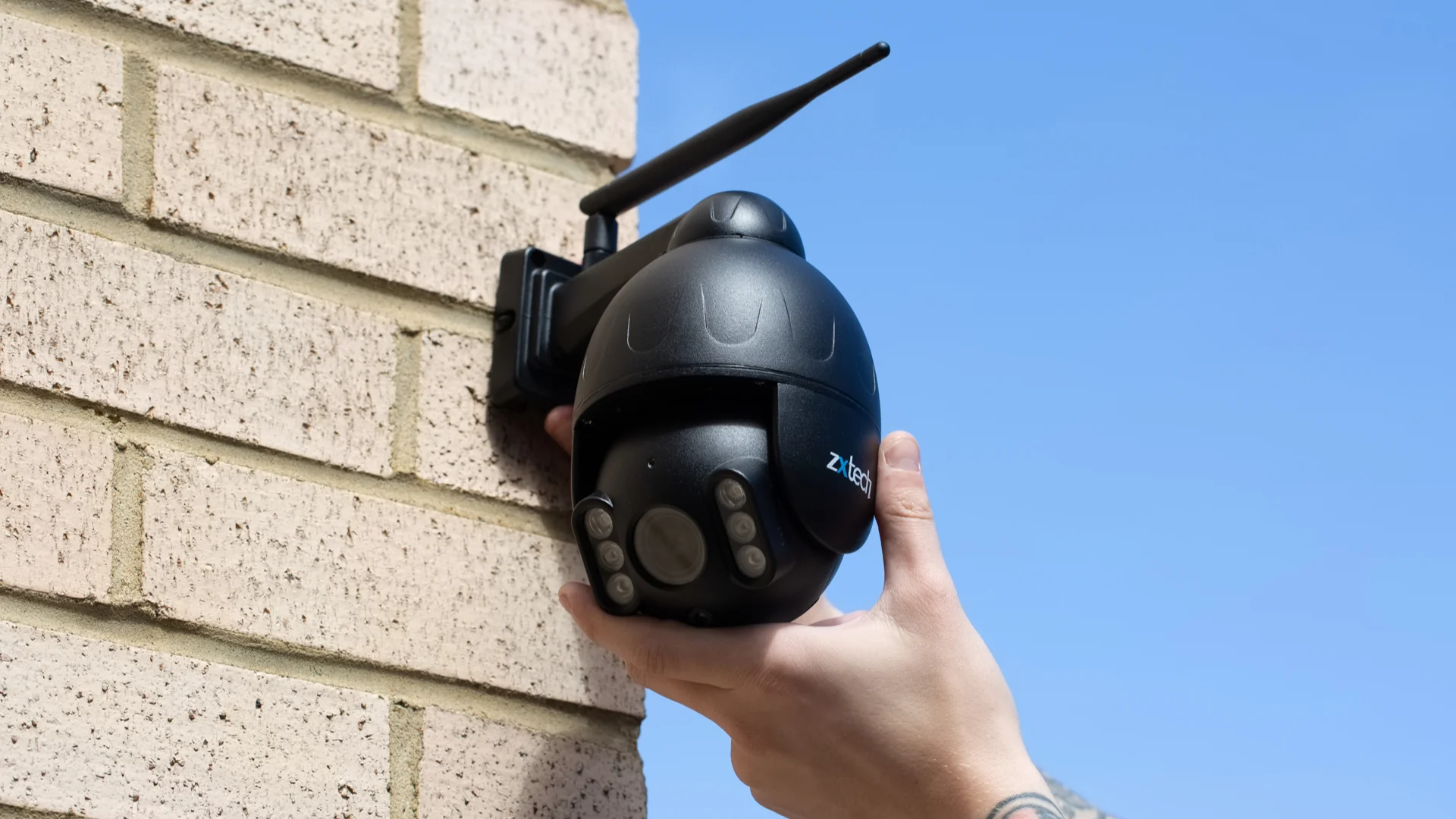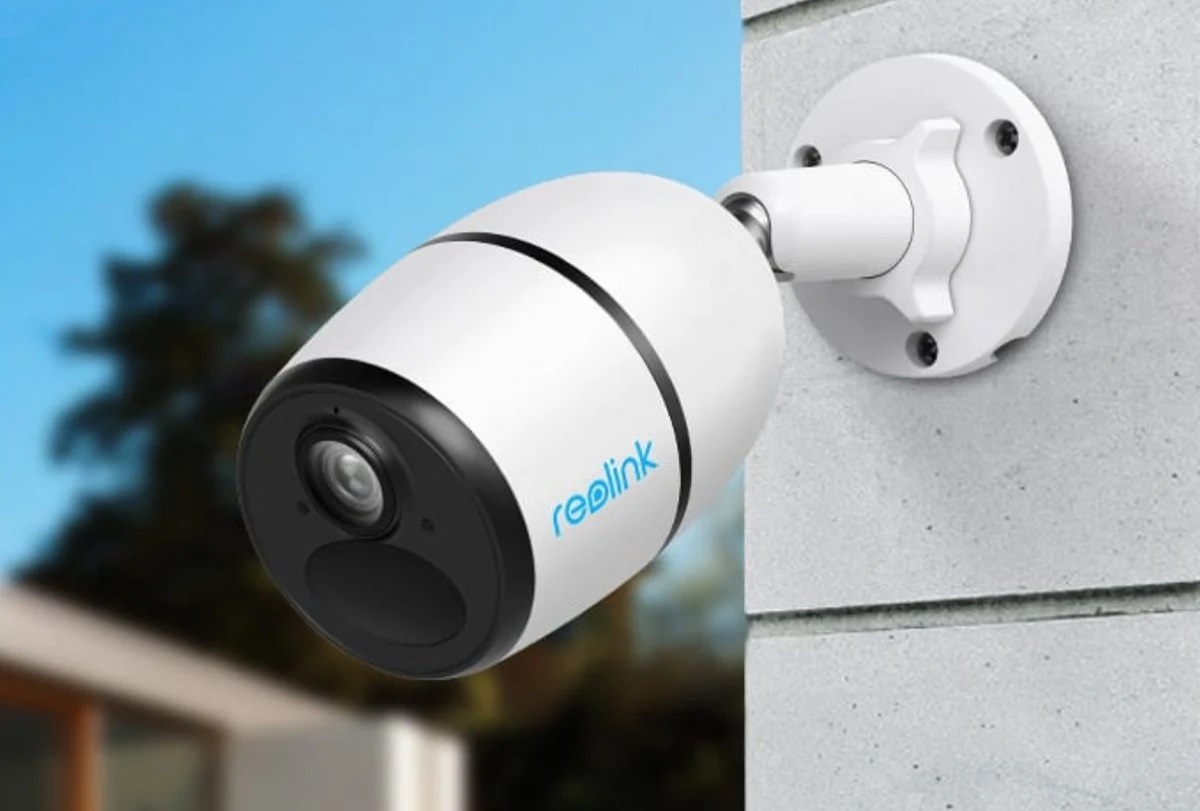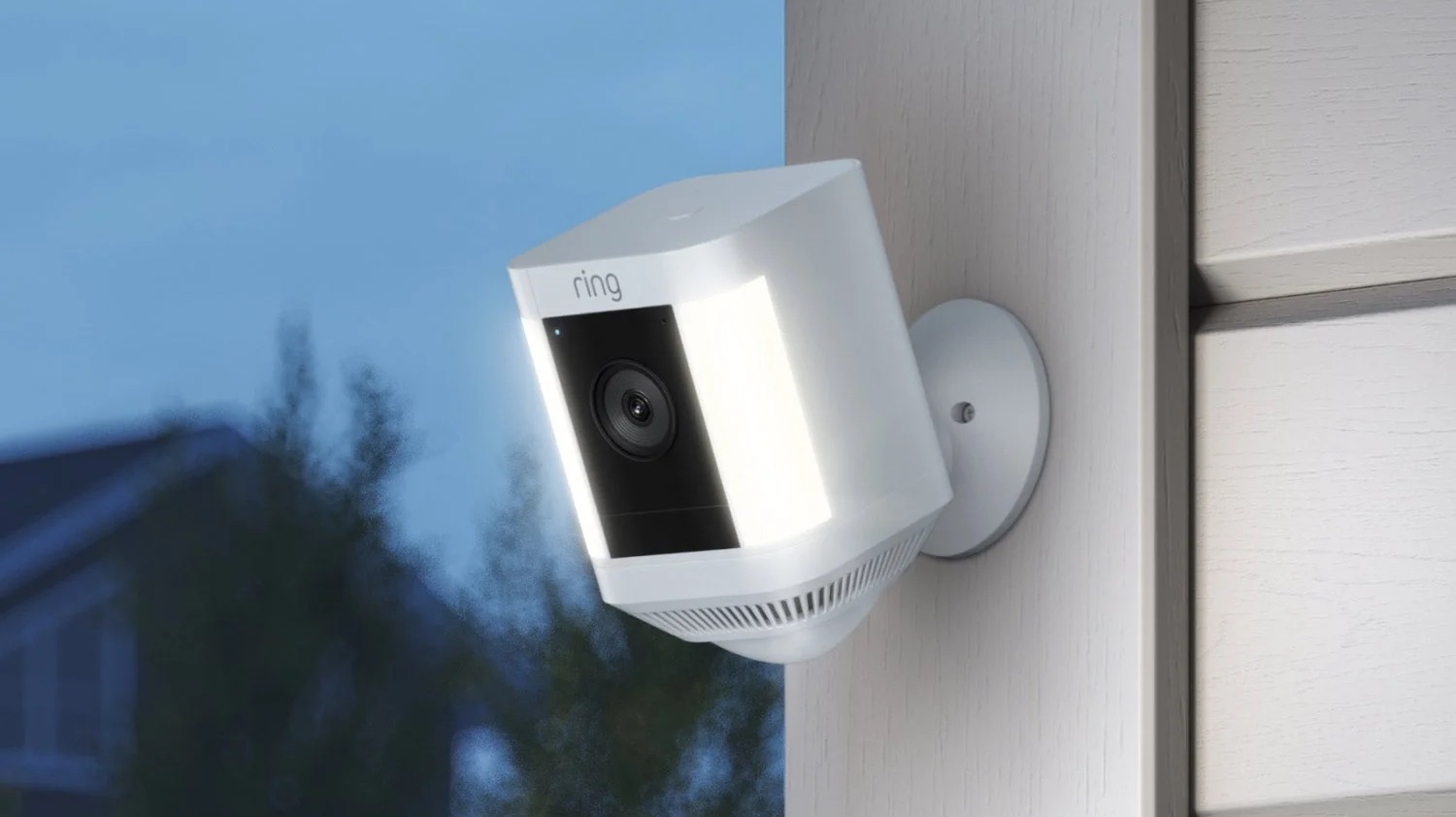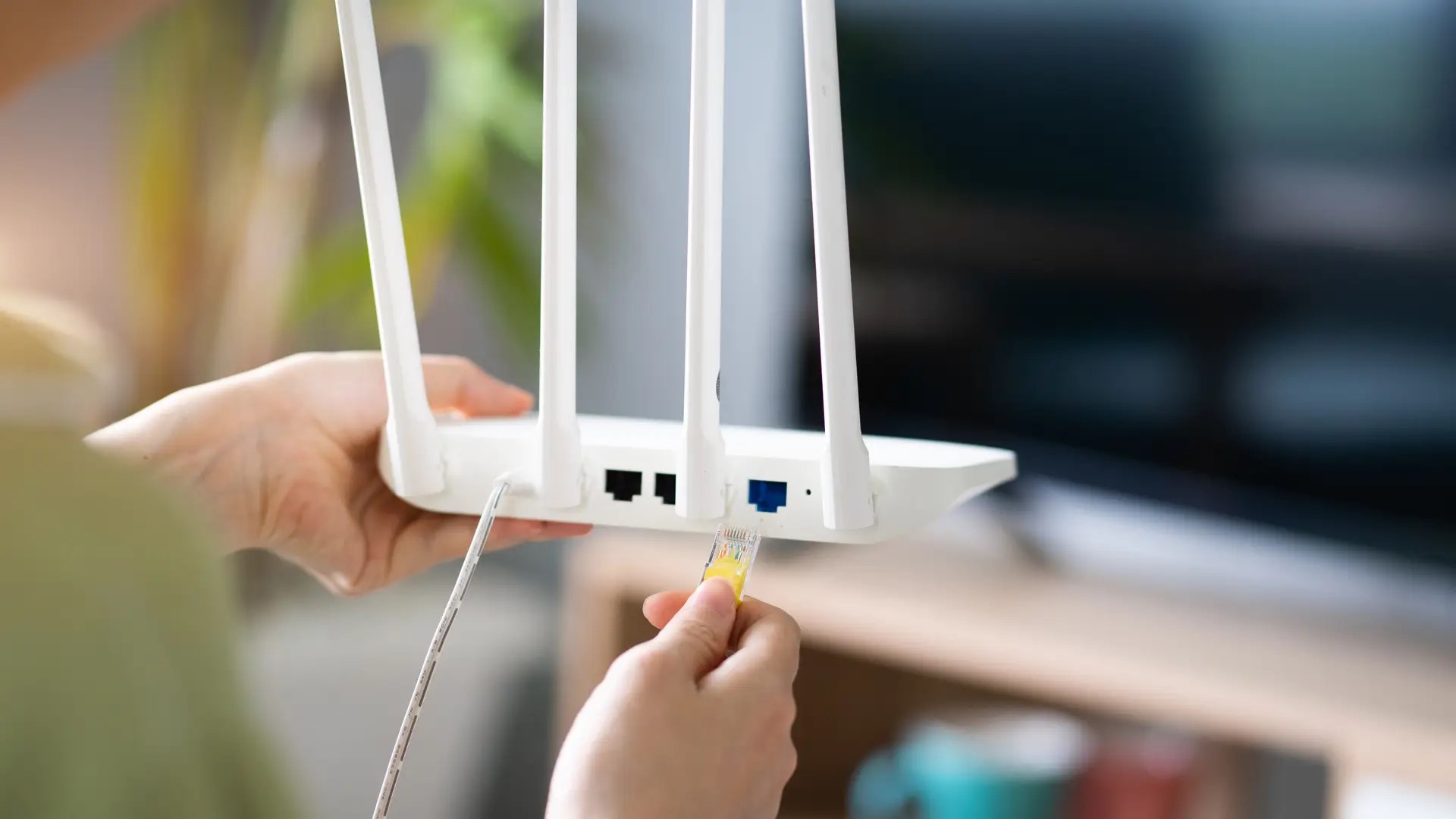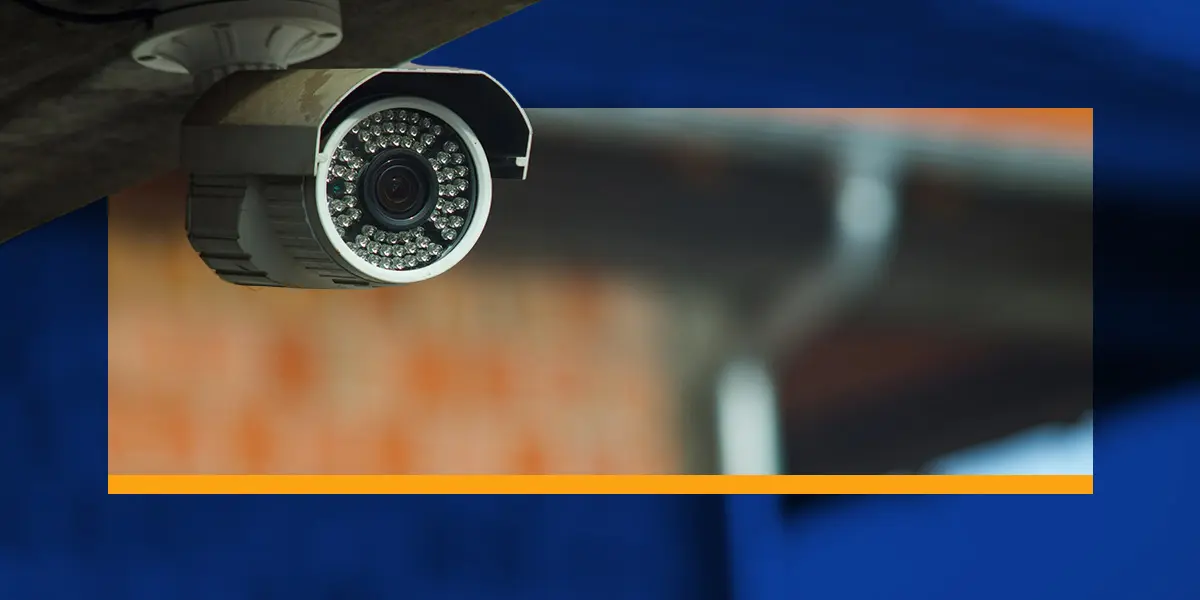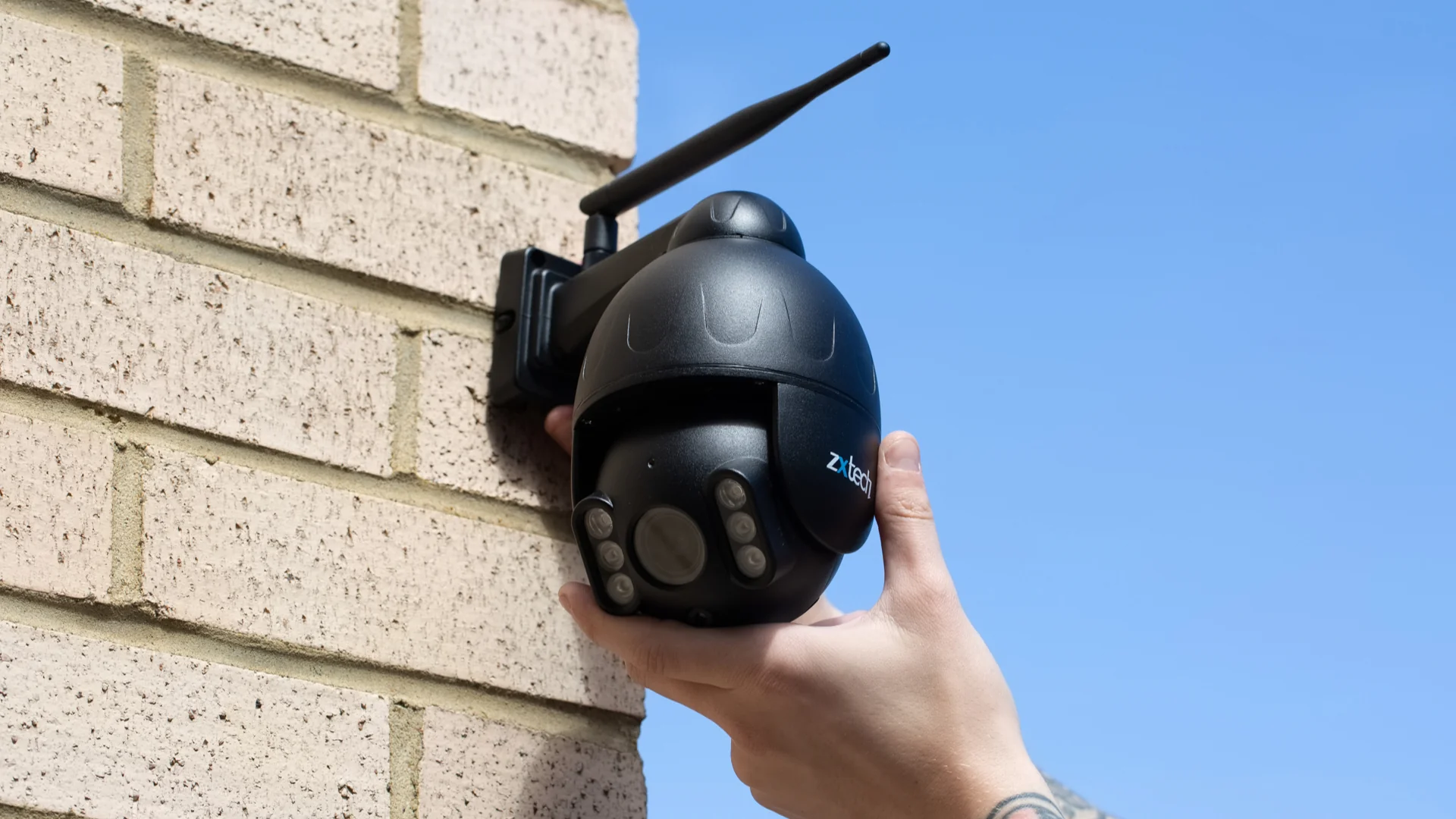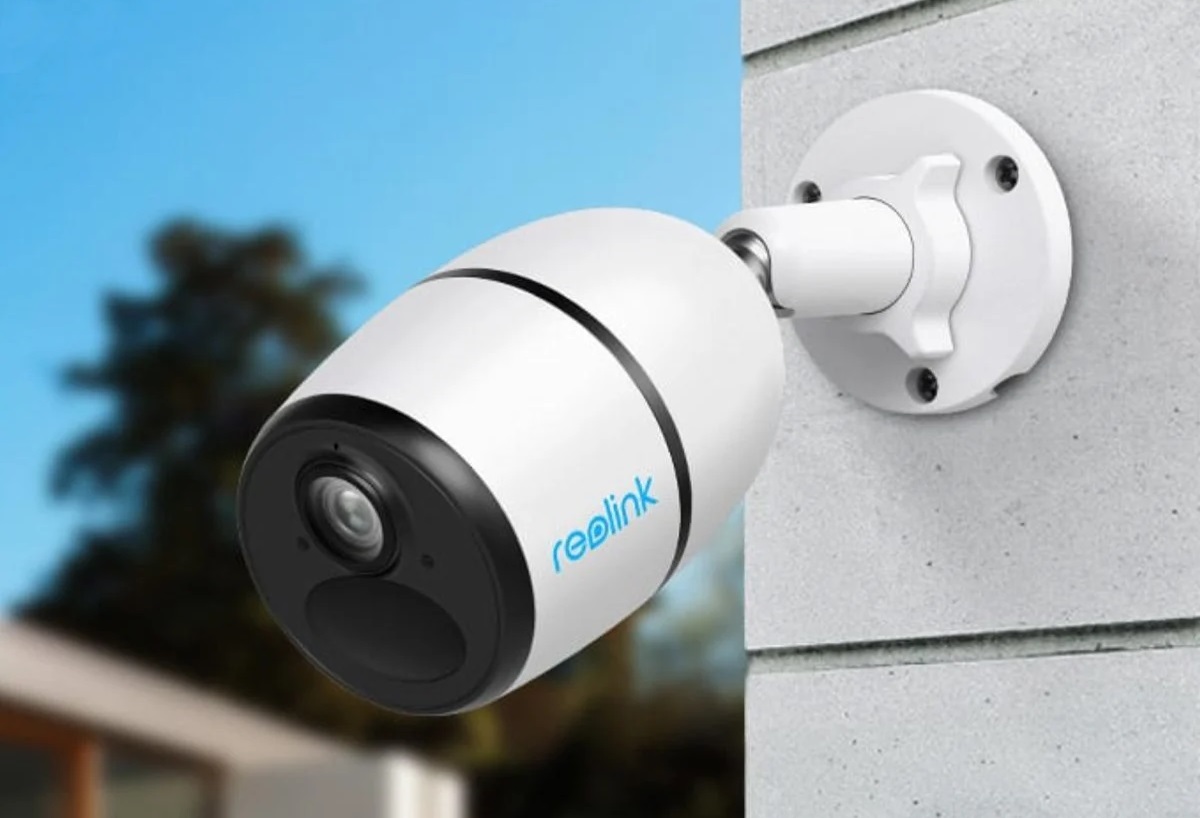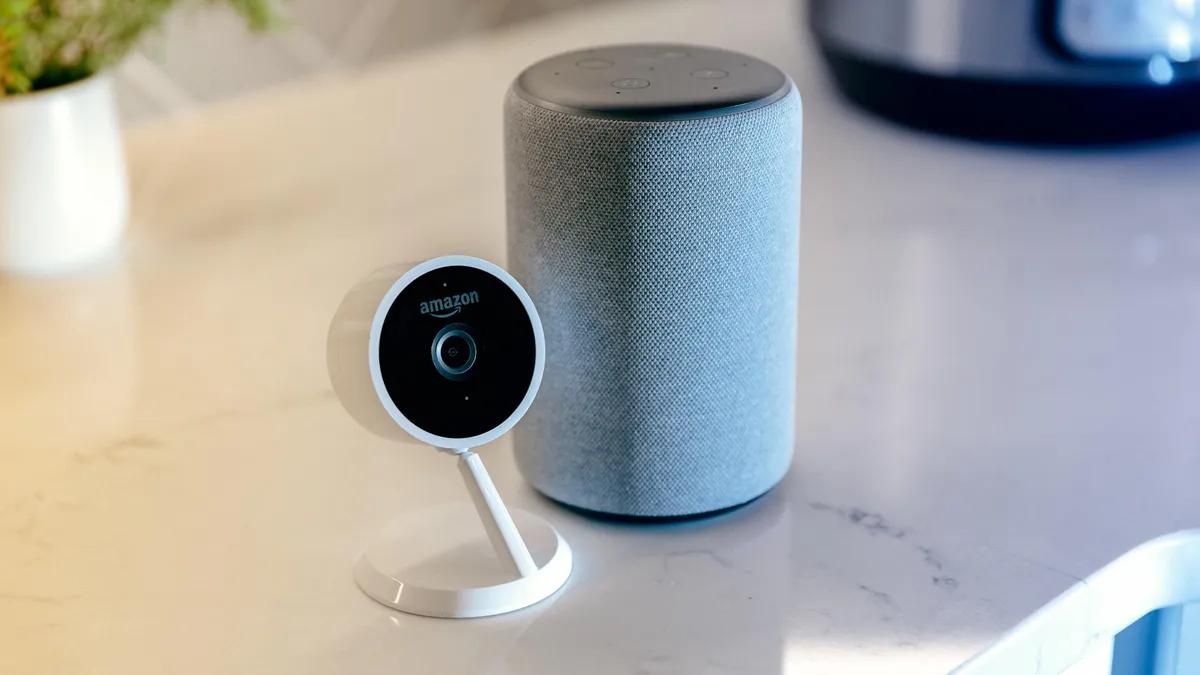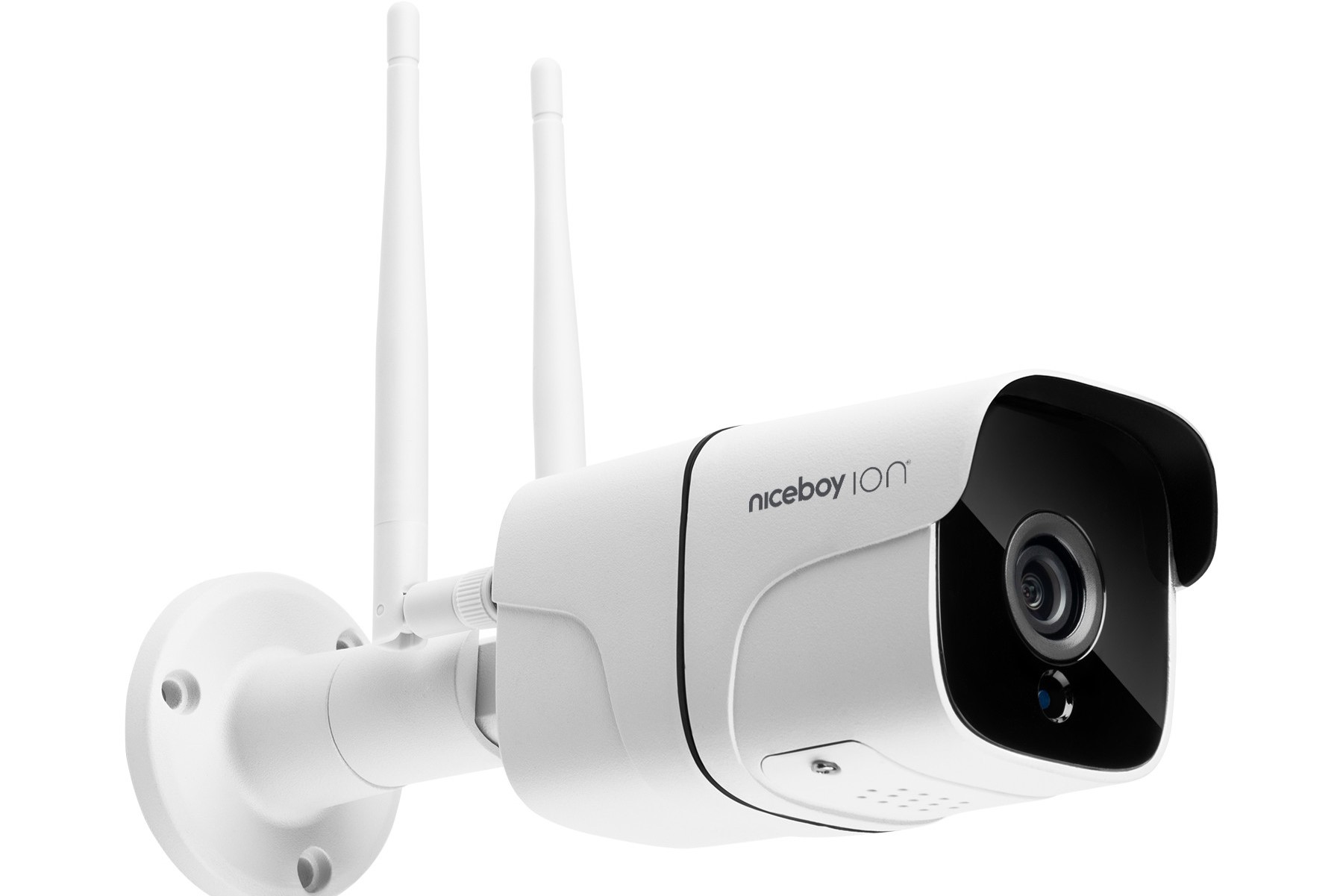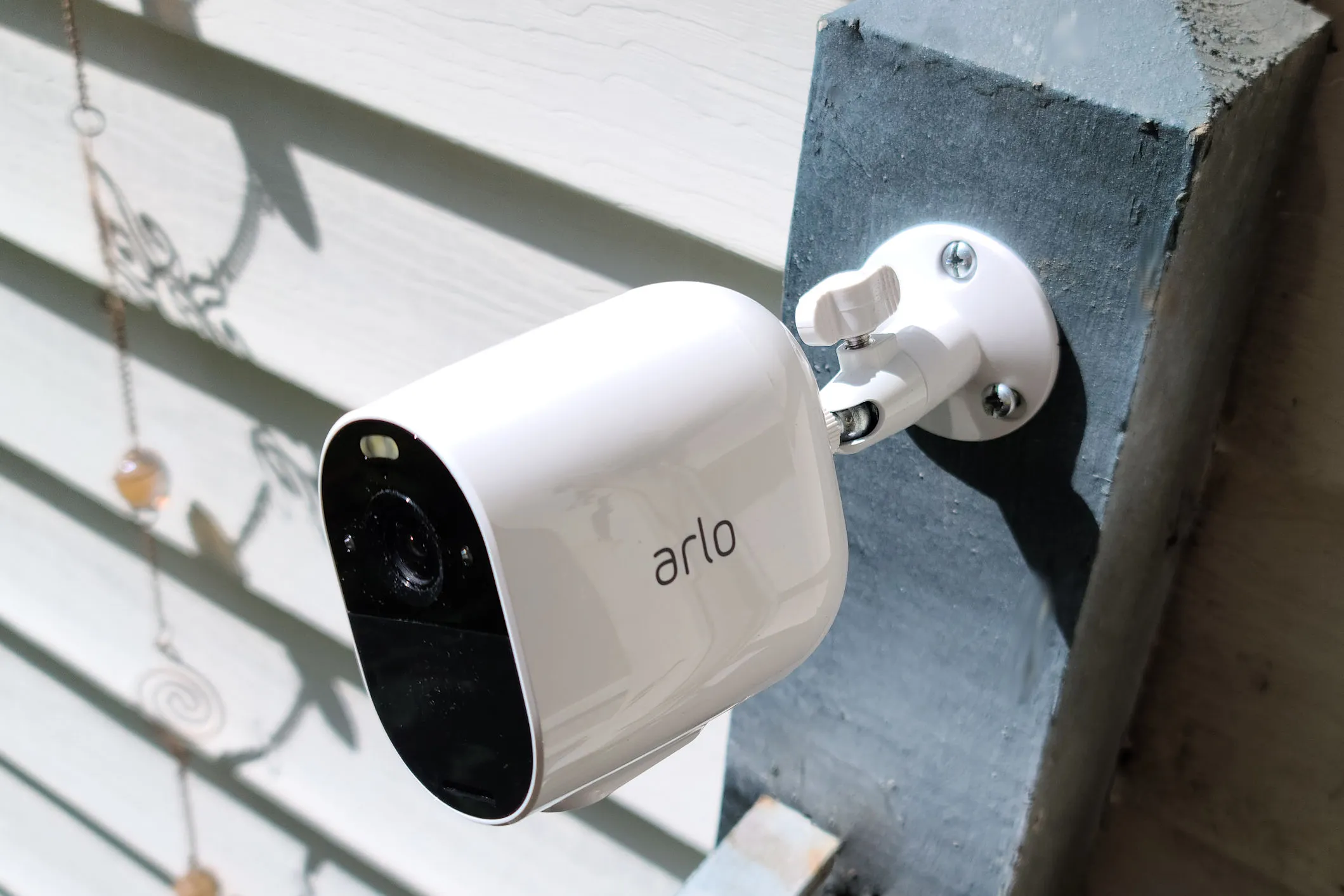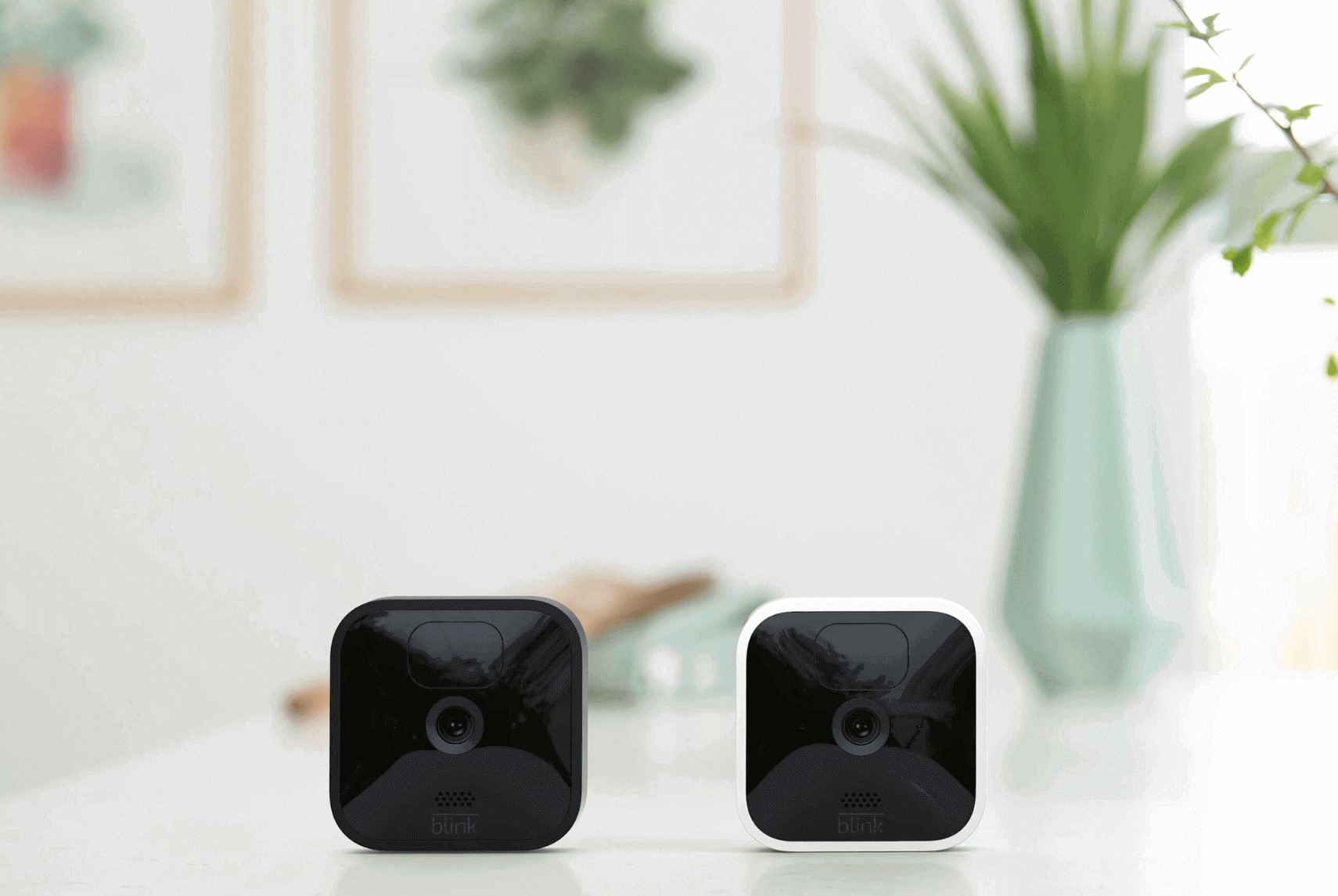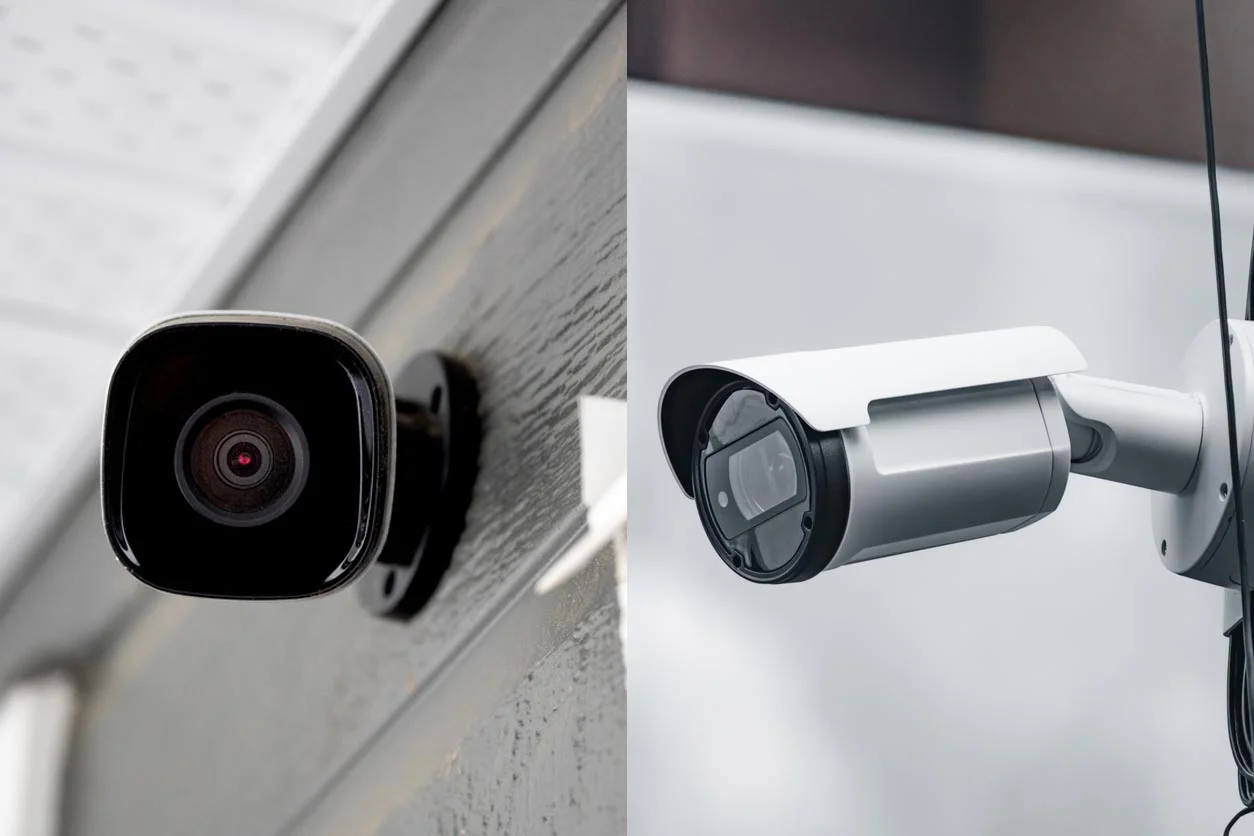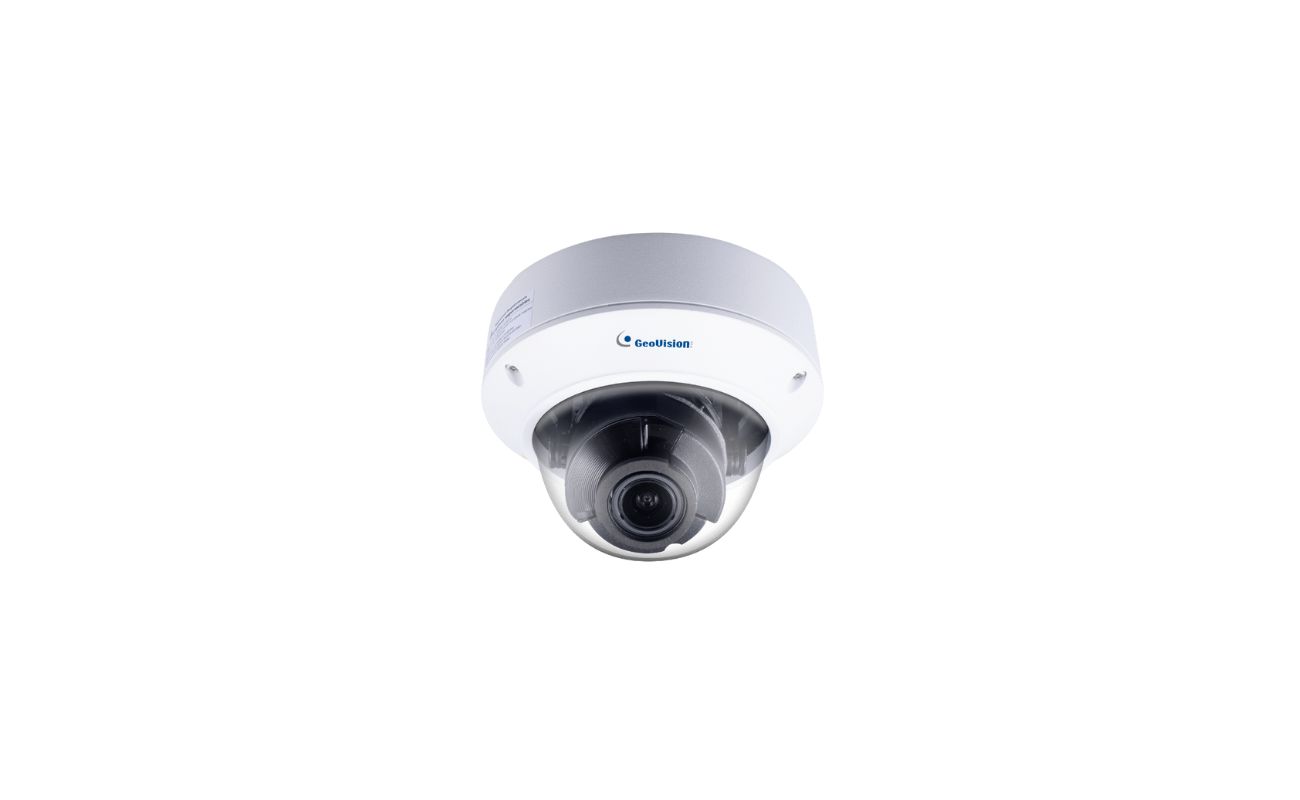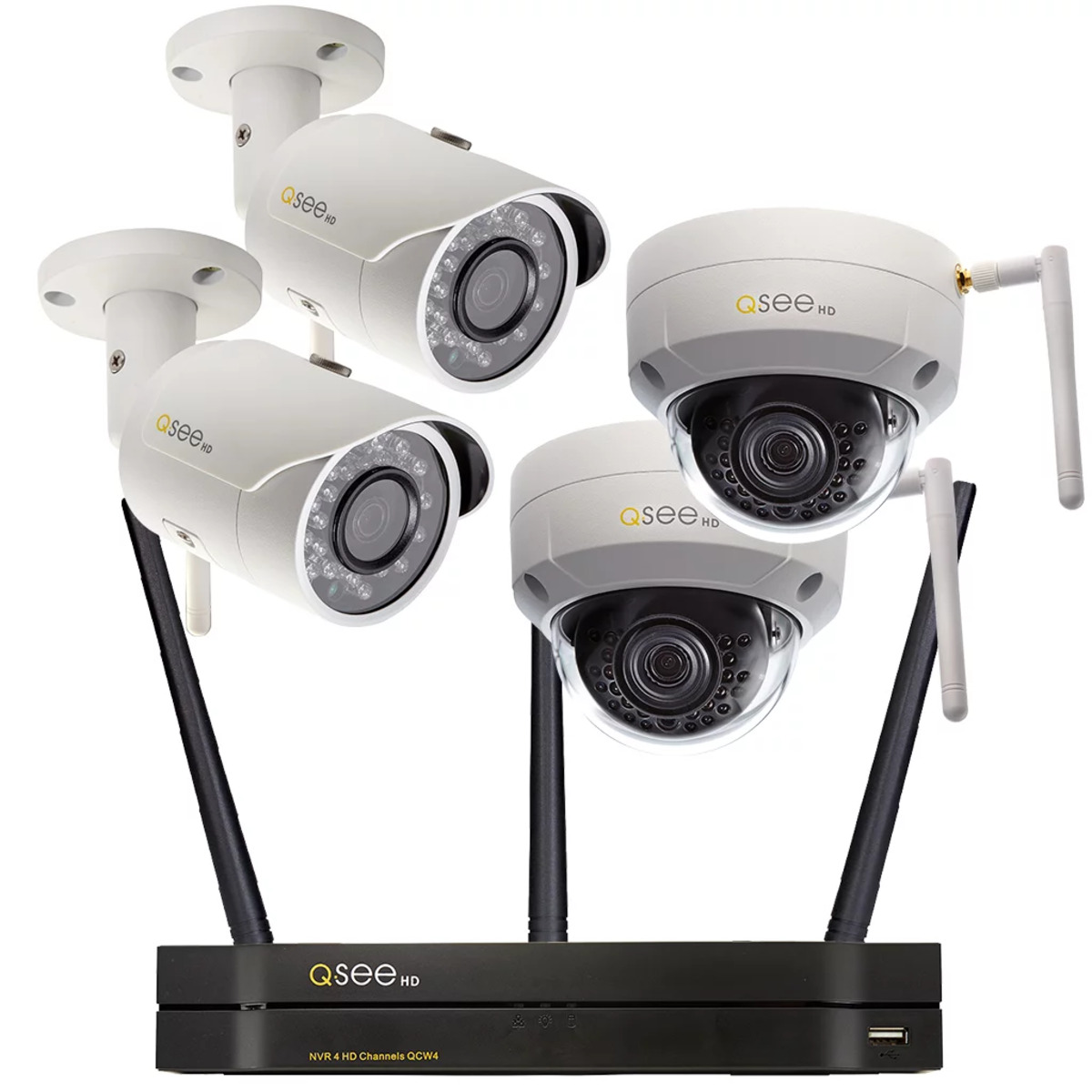Home>Home Security and Surveillance>How Does A Wi-Fi Security Camera Work
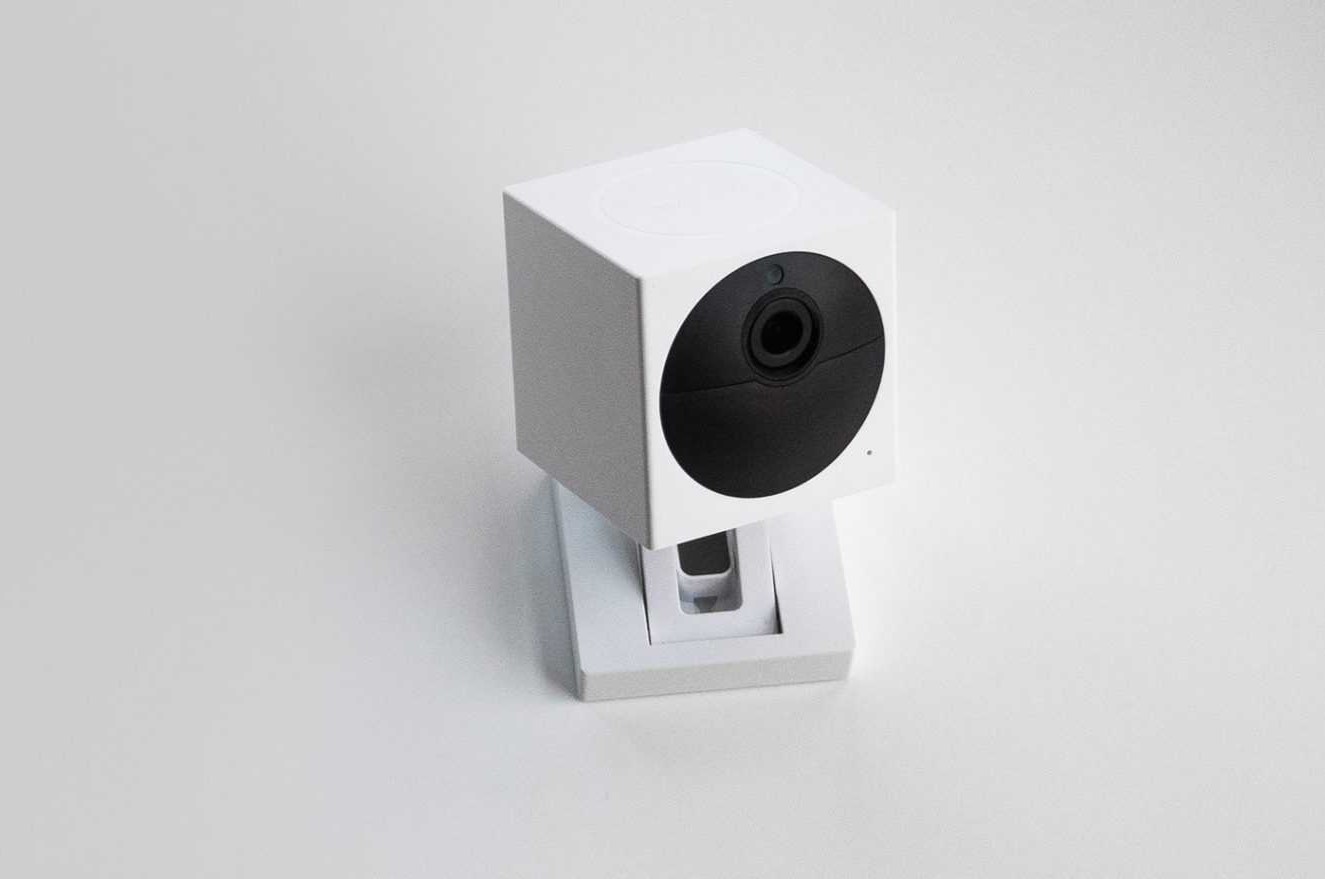

Home Security and Surveillance
How Does A Wi-Fi Security Camera Work
Modified: March 19, 2024
Discover how Wi-Fi security cameras work to enhance your home security and surveillance. Stay connected and protected with advanced technology.
(Many of the links in this article redirect to a specific reviewed product. Your purchase of these products through affiliate links helps to generate commission for Storables.com, at no extra cost. Learn more)
Introduction
Home security is a top priority for many homeowners, and with the advancements in technology, there are now more options than ever to protect your property and loved ones. One popular choice is the Wi-Fi security camera, which offers convenience and peace of mind. But how exactly does a Wi-Fi security camera work?
Wi-Fi security cameras utilize wireless technology to provide surveillance capabilities both indoors and outdoors. These cameras can connect to your home’s Wi-Fi network, allowing you to remotely monitor and control the camera from your smartphone, tablet, or computer. This means you can keep an eye on your home and loved ones from anywhere in the world with an internet connection.
Understanding how a Wi-Fi security camera works requires knowledge of the technology, components, and features that make it possible. In this article, we’ll explore the different aspects of Wi-Fi security cameras, from the technology behind them to the installation process and everything in between. So let’s dive in!
Key Takeaways:
- Wi-Fi security cameras use wireless technology to connect to your home’s Wi-Fi network, allowing you to monitor and control them remotely from your smartphone or computer, providing convenience and peace of mind for homeowners.
- Understanding the components, communication protocols, and security features of Wi-Fi security cameras is essential for making informed decisions when choosing the right camera for your home, ensuring privacy and protection.
Read more: How Does Wi-Fi Outdoor Camera Work
Wi-Fi Technology
Wi-Fi, short for Wireless Fidelity, is a technology that allows devices to wirelessly connect to the internet or other devices within a certain range. It utilizes radio waves to transmit data between devices, eliminating the need for physical cables.
Wi-Fi technology operates on various radio frequency bands, including 2.4GHz and 5GHz. This allows for faster and more reliable connections, with 5GHz providing higher speeds but shorter range compared to 2.4GHz.
Wi-Fi security cameras use this wireless technology to establish a connection with your home’s Wi-Fi network. This enables them to transmit video and audio footage directly to your connected device, such as a smartphone or computer.
To set up a Wi-Fi security camera, you need a Wi-Fi router that provides internet connectivity to your home. The camera connects to the router using Wi-Fi signals, enabling seamless communication between the two devices.
It’s important to note that the range of Wi-Fi signals may vary depending on the environment and obstacles, such as walls or interference from other electronic devices. To ensure a stable and strong connection, it’s recommended to place the camera within a reasonable distance from the Wi-Fi router. Additionally, some security cameras offer features like Wi-Fi extenders or antennas to enhance the signal strength and increase the coverage area.
Wi-Fi technology has revolutionized the way we connect and communicate, and its integration into security cameras has made surveillance more accessible and convenient. With the ability to connect wirelessly to your home network, Wi-Fi security cameras provide flexibility in camera placement and ease of access for monitoring purposes.
Camera Components
A Wi-Fi security camera consists of various components that work together to capture and transmit video footage. Understanding these components will give you insights into how the camera functions and what to look for when choosing one for your home.
1. Image Sensor: The image sensor is the heart of the camera, responsible for capturing video footage. Most security cameras use either a CCD (Charge-Coupled Device) or CMOS (Complementary Metal-Oxide-Semiconductor) sensor. CMOS sensors are more common due to their lower power consumption and cost, while CCD sensors generally offer better image quality.
2. Lens: The lens determines the field of view and focal length of the camera. It focuses the incoming light onto the image sensor, allowing you to capture clear and detailed video footage. Some cameras have fixed lenses, while others offer adjustable zoom capabilities.
3. Infrared (IR) LEDs: Many Wi-Fi security cameras are equipped with infrared LEDs that provide night vision capabilities. These LEDs emit infrared light, which is invisible to the human eye but is detected by the camera’s image sensor. This allows the camera to capture clear footage, even in low-light or complete darkness.
4. Housing: The housing of the security camera protects the internal components from weather conditions and vandalism. The cameras intended for outdoor use are typically weatherproof and built to withstand harsh environments.
5. Microphone and Speaker: Some Wi-Fi security cameras include a built-in microphone and speaker, allowing for two-way audio communication. This feature is useful for remotely communicating with people near the camera, such as delivery personnel or intruders.
6. Mobile App and Cloud Storage: To access and manage the camera remotely, most Wi-Fi security cameras come with a dedicated mobile app. This app allows you to view the live video feed, receive notifications, adjust settings, and control other features of the camera. Some cameras also offer cloud storage options, allowing you to store video footage securely in the cloud.
By understanding the different components of a Wi-Fi security camera, you can make an informed decision when choosing the right camera for your specific needs. Consider factors like image quality, field of view, night vision capabilities, audio features, and remote access options to ensure you select the camera that best suits your home security requirements.
Communication Protocol
Wi-Fi security cameras rely on specific communication protocols to transmit data between the camera and your connected device. These protocols ensure seamless and secure communication, allowing you to monitor and control the camera remotely. Let’s explore some of the common communication protocols used by Wi-Fi security cameras.
1. Wi-Fi: As mentioned earlier, Wi-Fi technology enables the camera to connect to your home’s Wi-Fi network. It uses the IEEE 802.11 standard to establish a wireless connection between the camera and your router. This allows for high-speed data transmission, ensuring real-time video streaming and remote access capabilities.
2. TCP/IP: The Transmission Control Protocol/Internet Protocol (TCP/IP) is the backbone of internet communication. It provides the rules for data transmission over networks, including the internet. Wi-Fi security cameras use TCP/IP to transmit video and other data packets from the camera to your connected device. This protocol ensures reliable and secure data transfer.
3. HTTP/HTTPS: The Hypertext Transfer Protocol (HTTP) and its secure counterpart, HTTPS, are used for web communication. The camera’s mobile app or web interface uses HTTP/HTTPS to send commands and receive video footage from the camera. This protocol ensures that the communication between the camera and your device is secure.
4. RTSP: The Real-Time Streaming Protocol (RTSP) enables the camera to stream live video and audio to your connected device. It establishes a direct connection between the camera and your device, bypassing intermediate servers. This protocol ensures real-time streaming with minimal delay, allowing you to monitor your home in real-time.
5. P2P: Peer-to-Peer (P2P) communication is commonly used in modern Wi-Fi security cameras. It establishes a direct connection between your device and the camera, eliminating the need for port forwarding or external servers. P2P technology simplifies the setup process and enhances the security of the camera’s communication.
These communication protocols work together to establish a secure and seamless connection between your Wi-Fi security camera and your connected device. By leveraging these protocols, you can remotely monitor and control the camera, receive notifications, and access recorded footage, ensuring the safety and security of your home.
Security Features
When it comes to home security, ensuring the privacy and protection of your camera footage is essential. Wi-Fi security cameras incorporate various features to enhance the security of your camera system and prevent unauthorized access to your video feed and sensitive data. Let’s explore some of these security features.
1. Encrypted Data Transmission: To secure the communication between the camera and your device, Wi-Fi security cameras use encryption protocols such as WPA2 (Wi-Fi Protected Access 2). This ensures that the data transmitted between the camera and your device is encrypted and cannot be easily intercepted or decoded by unauthorized parties.
2. Two-Factor Authentication: Many Wi-Fi security cameras support two-factor authentication (2FA), which adds an extra layer of security when accessing the camera’s mobile app or web interface. With 2FA enabled, you’ll need to provide a secondary verification method, such as a unique code sent to your smartphone, in addition to your username and password.
3. User Access Control: Wi-Fi security cameras allow you to create multiple user accounts with different levels of access. This feature enables you to grant specific permissions to different users, ensuring that only authorized individuals have control over the camera’s settings and footage.
4. Firmware Updates: Manufacturers regularly release firmware updates to address security vulnerabilities and improve the camera’s performance. It’s crucial to keep your Wi-Fi security camera’s firmware up to date to ensure that you have the latest security features and protection against potential threats.
5. Privacy Zones: Some Wi-Fi security cameras offer privacy zone settings, allowing you to mask specific areas within the camera’s field of view. This feature is useful if there are areas in your home or property that you do not want the camera to record or monitor, such as windows facing a neighbor’s property.
6. Cloud Storage Encryption: If your Wi-Fi security camera offers cloud storage for recorded footage, ensure that the data is encrypted both during transmission and while stored on the cloud servers. This ensures that even if the cloud storage is compromised, the recorded footage remains secure.
It’s important to research and choose Wi-Fi security cameras from reputable manufacturers that prioritize security. Always follow best practices when setting up and configuring your camera, such as changing default passwords, using strong and unique passwords, and enabling security features like encryption and two-factor authentication. By taking these measures, you can protect your privacy and ensure the integrity of your camera system.
When setting up a Wi-Fi security camera, make sure to use a strong and unique password for your Wi-Fi network to prevent unauthorized access to the camera feed.
Read more: What Security Camera Works With 5GHz Wi-Fi
Remote Access and Control
One of the key advantages of Wi-Fi security cameras is the ability to remotely access and control them from your smartphone, tablet, or computer. This feature allows you to monitor your home and surroundings even when you’re not physically present. Let’s take a closer look at how remote access and control work for Wi-Fi security cameras.
1. Mobile Apps: Most Wi-Fi security cameras come with their dedicated mobile apps, which you can download and install on your smartphone or tablet. These apps provide a user-friendly interface that allows you to view the live video feed, adjust camera settings, and receive notifications. Simply launch the app and connect to your camera via your home’s Wi-Fi or cellular network.
2. Live Video Feed: With remote access, you can view the live video feed from your Wi-Fi security camera in real-time. This means you can keep an eye on your home, monitor for any suspicious activity, or even check in on your children or pets while you’re away. The live video feed provides peace of mind and instant visual access to what’s happening on your property.
3. Motion Detection and Alerts: Many Wi-Fi security cameras come equipped with motion detection capabilities. When the camera detects any movement within its field of view, it can send you instant notifications on your connected device. These notifications can be in the form of push notifications, emails, or even SMS messages, alerting you to any potential security breaches or unexpected activities.
4. PTZ Control: Some Wi-Fi security cameras offer Pan-Tilt-Zoom (PTZ) functionality, allowing you to remotely control the camera’s movement and zoom in or out. This feature gives you the ability to adjust the camera’s viewing angle and focus on specific areas of interest, providing a more comprehensive surveillance experience.
5. Record and Playback: Remote access also enables you to remotely record and playback video footage captured by the Wi-Fi security camera. You can initiate manual recording or set up scheduled recordings to capture specific events or continuous surveillance. These recorded videos can be stored locally on a microSD card or in cloud storage, depending on the camera’s capabilities.
6. Two-Way Audio: Some Wi-Fi security cameras are equipped with built-in microphones and speakers, allowing for two-way audio communication. This feature enables you to remotely communicate with individuals near the camera, such as family members, visitors, or even intruders. It can be useful for giving instructions, warning potential intruders, or simply engaging in a conversation.
By leveraging the power of remote access and control, Wi-Fi security cameras give you the freedom and flexibility to monitor and safeguard your home from anywhere in the world. Whether you’re at work, on vacation, or simply in another room, you can stay connected to your camera system and have peace of mind knowing that you can instantly access and control it at any time.
Power Source
Wi-Fi security cameras require a reliable power source to operate continuously and provide surveillance capabilities. Depending on the camera model and your preferences, there are several power options available. Let’s explore some common power sources for Wi-Fi security cameras.
1. Power Outlet: Many Wi-Fi security cameras are designed to be plugged into a standard electrical power outlet using an AC adapter. This provides a constant and uninterrupted power supply, ensuring that the camera remains operational at all times. The advantage of this power source is that you don’t have to worry about battery life or recharging.
2. Power over Ethernet (PoE): Some Wi-Fi security cameras support Power over Ethernet (PoE) technology. This method utilizes an Ethernet cable to deliver both power and data to the camera. PoE eliminates the need for a separate power cable, simplifying the installation process and providing a clean and organized setup. It’s important to note that for PoE to work, you will need a PoE switch or injector in your network setup.
3. Battery-Powered: Battery-powered Wi-Fi security cameras offer the flexibility to place the camera anywhere without the need for power outlets or extensive wiring. These cameras are usually powered by rechargeable batteries, which can last for a certain period depending on usage and settings. The advantage of battery-powered cameras is their portability, making them suitable for temporary surveillance purposes or areas without easy access to power outlets.
4. Solar-Powered: For even more convenience and eco-friendliness, some Wi-Fi security cameras are equipped with solar panels. These cameras use solar energy to charge the built-in batteries, providing a self-sustainable power solution. Solar-powered cameras are ideal for outdoor surveillance in areas with sufficient sunlight, eliminating the need for regular battery recharging or power outlet connection.
5. Wired Connection: In some cases, Wi-Fi security cameras may draw power from a wired connection, such as an Ethernet cable. This can be useful for cameras installed in close proximity to a power source, where the convenience of a wired connection outweighs the need for wireless functionality.
When choosing a power source for your Wi-Fi security camera, consider factors such as the camera’s location, accessibility to power outlets, desired flexibility, and maintenance requirements. It’s important to ensure that the chosen power source provides a consistent and reliable power supply to the camera, ensuring uninterrupted surveillance and protection for your home.
Installation and Setup
The installation and setup process of a Wi-Fi security camera can vary depending on the camera model and manufacturer. However, there are general steps you can follow to ensure a successful installation and configuration. Let’s go through the typical installation and setup process for a Wi-Fi security camera.
1. Determine Camera Placement: First, decide where you want to position the camera for optimum surveillance coverage. Consider areas of interest, such as entry points, driveways, or backyard, and ensure that the camera is mounted at an appropriate height and angle for a clear view.
2. Check Wi-Fi Signal Strength: Before installing the camera, check the Wi-Fi signal strength in the intended location. You can use a smartphone or tablet to test the signal strength and ensure that it’s strong enough for reliable communication with the camera. If the signal is weak, consider using Wi-Fi extenders or relocating the Wi-Fi router.
3. Mount the Camera: Depending on the camera model, mount it using the provided mounting bracket, screws, and anchors. Ensure that the camera is securely attached to the mounting surface and that the position provides an optimal field of view.
4. Connect the Camera to Power: Depending on the power source of the camera, connect it to a power outlet, PoE switch, or insert the batteries. Make sure the power connection is secure and that the camera powers on successfully.
5. Download and Install the Mobile App: To access and control the camera remotely, download and install the manufacturer’s dedicated mobile app from the App Store or Google Play Store. Follow the app’s instructions for creating an account and logging in.
6. Connect the Camera to Wi-Fi: Open the app and follow the on-screen instructions to connect the camera to your home’s Wi-Fi network. Typically, this involves selecting the Wi-Fi network, entering the network password, and waiting for the camera to establish a connection. Some cameras may require additional configuration steps, such as scanning QR codes or pressing Wi-Fi buttons on the camera and router.
7. Adjust Camera Settings: Once the camera is connected to Wi-Fi, you can adjust settings such as video quality, motion detection sensitivity, recording schedules, and notification preferences. Explore the app’s interface to customize the camera’s settings according to your preferences.
8. Test and Verify Functionality: After completing the setup, test the camera’s functionality by accessing the live video feed through the mobile app. Ensure that the camera captures clear footage, reacts to motion detection, and sends notifications to your connected device as intended.
9. Fine-Tune and Troubleshoot: If needed, make any necessary adjustments to the camera’s position, settings, or power source. In case of any issues or difficulties during installation or setup, refer to the camera’s user manual or contact the manufacturer’s support for assistance.
By following these installation and setup steps, you can ensure a smooth and successful deployment of your Wi-Fi security camera. Remember to keep the camera firmware updated and regularly check its functionality to maintain optimal security and surveillance capabilities.
Conclusion
Wi-Fi security cameras have revolutionized home surveillance, providing homeowners with advanced technology to monitor their property and loved ones with ease and convenience. By leveraging Wi-Fi technology, these cameras offer a range of features, including remote access, motion detection, night vision, and two-way audio communication, all of which contribute to enhancing the security and peace of mind of homeowners.
Throughout this article, we have explored the various components and functionalities of Wi-Fi security cameras. We have delved into the technology behind Wi-Fi connectivity, the important camera components, the communication protocols used, and the security features incorporated into these devices. We have also discussed the benefits of remote access and control, as well as different power sources and the installation and setup process.
It’s important to remember that while Wi-Fi security cameras provide enhanced monitoring capabilities, they are not a guarantee of absolute security. It’s crucial to use the cameras as part of a comprehensive home security strategy, which may also include alarm systems, physical barriers, and other safety measures.
When selecting a Wi-Fi security camera, consider factors such as image quality, field of view, night vision capabilities, audio features, and remote access options. Additionally, prioritize security by choosing reputable manufacturers, enabling encryption, updating firmware regularly, and implementing strong access control measures.
In conclusion, Wi-Fi security cameras offer an effective and convenient solution to enhance home security and surveillance. With their advanced features, ease of installation, and remote access capabilities, they provide homeowners with peace of mind, knowing they can monitor and protect their property from anywhere at any time. As technology continues to evolve, we can expect even more sophisticated and intelligent Wi-Fi security camera systems to further enhance the safety and security of our homes.
Frequently Asked Questions about How Does A Wi-Fi Security Camera Work
Was this page helpful?
At Storables.com, we guarantee accurate and reliable information. Our content, validated by Expert Board Contributors, is crafted following stringent Editorial Policies. We're committed to providing you with well-researched, expert-backed insights for all your informational needs.
